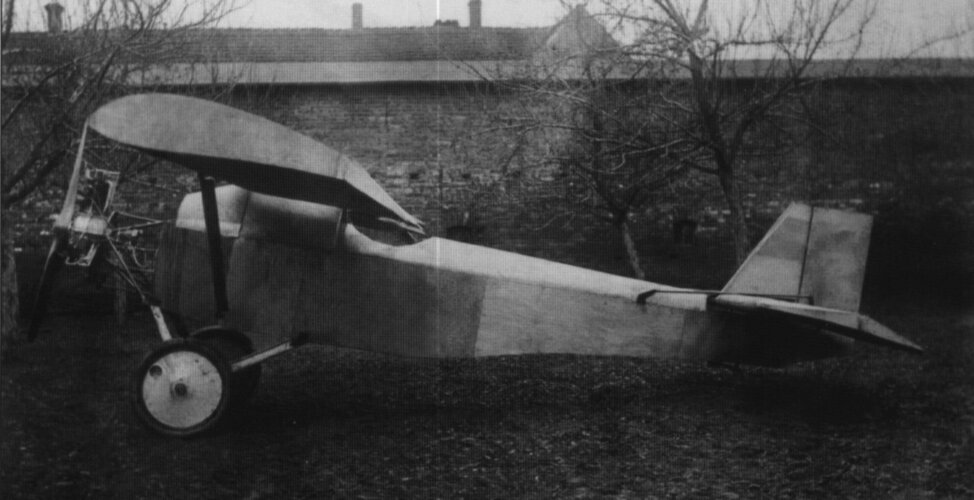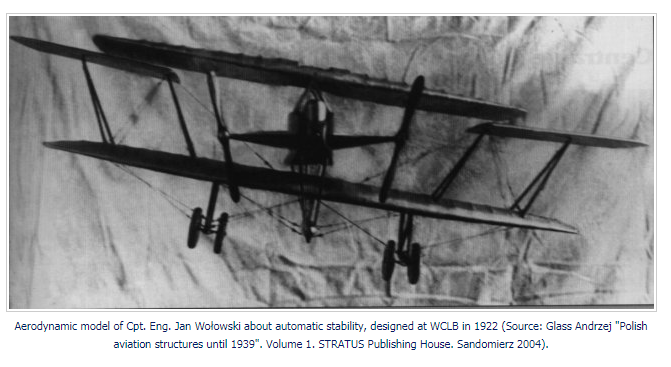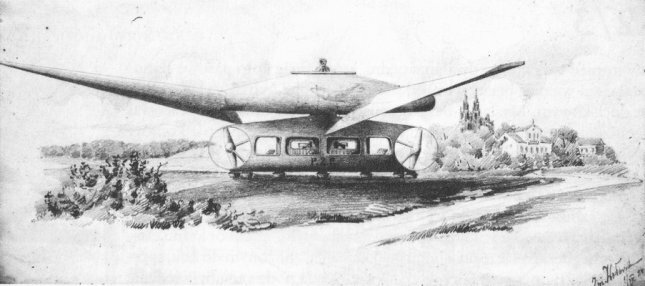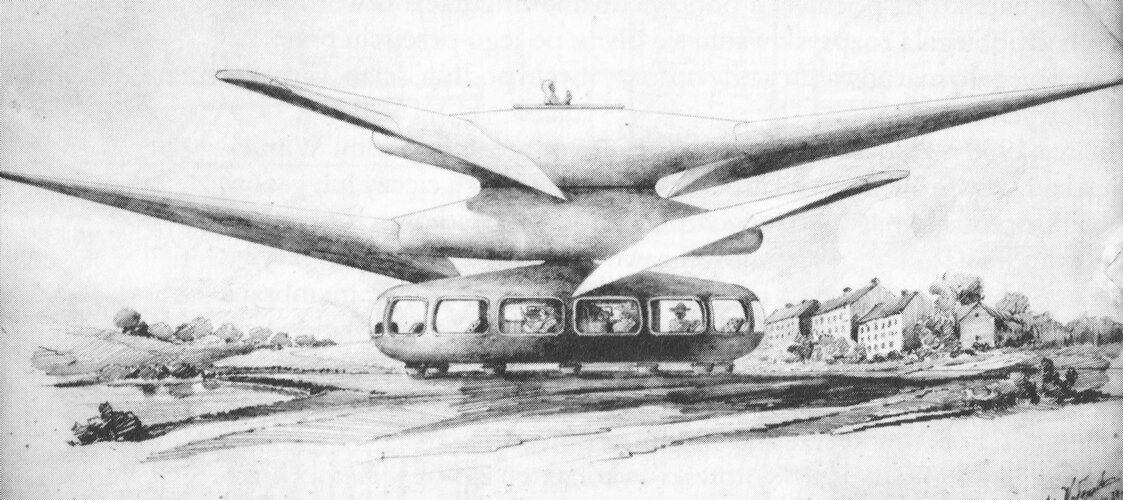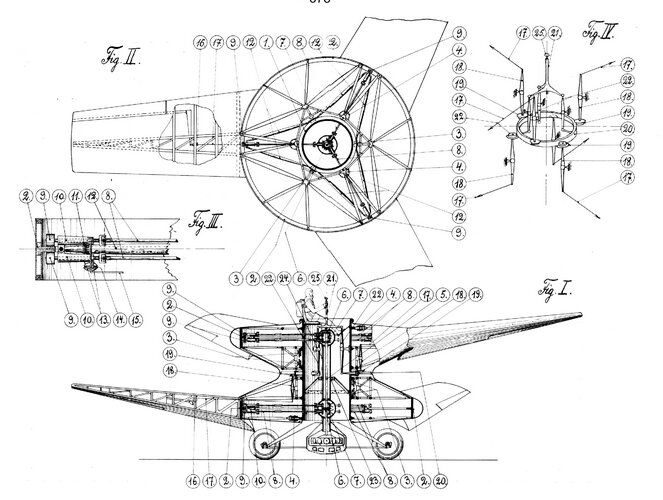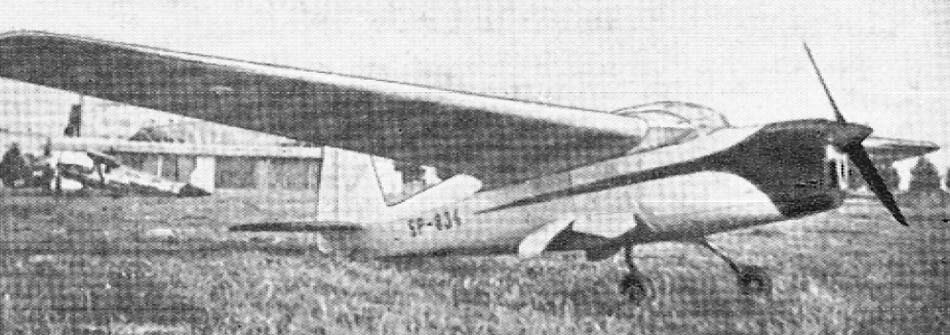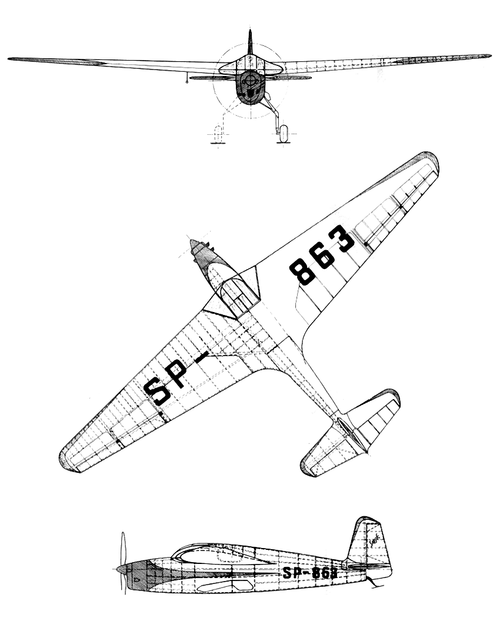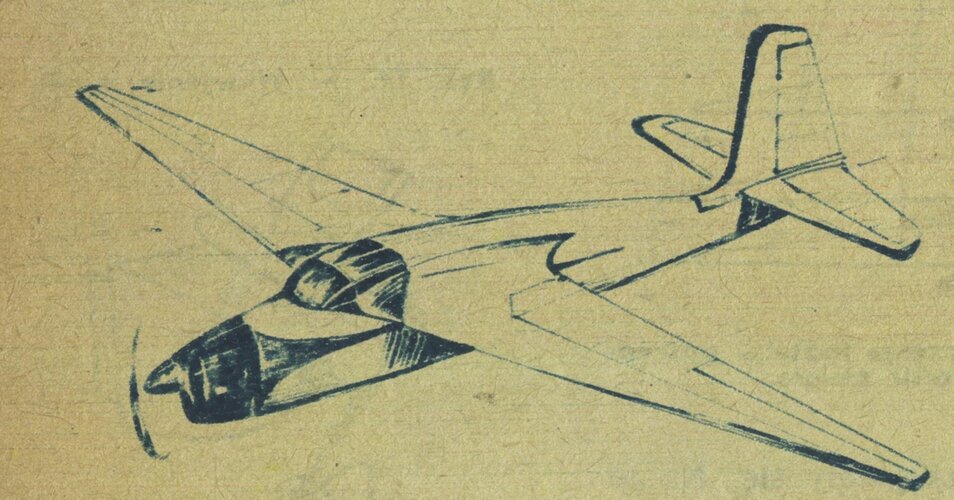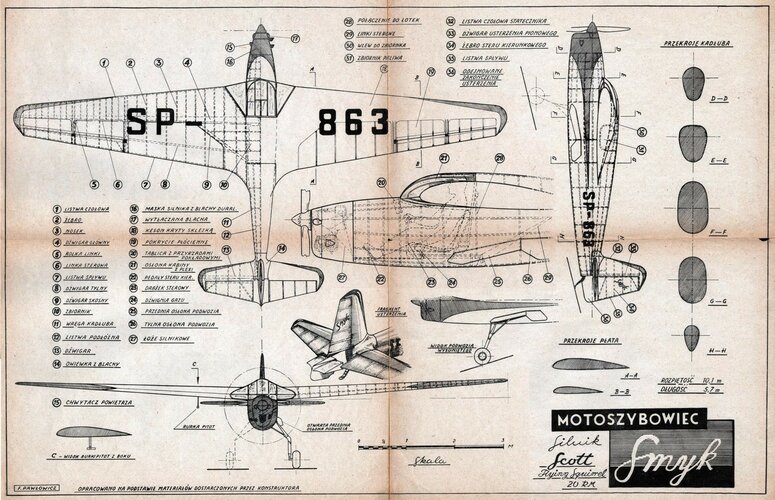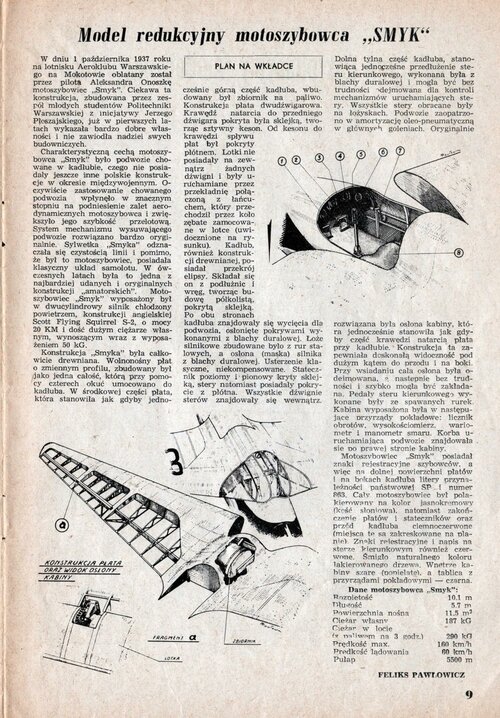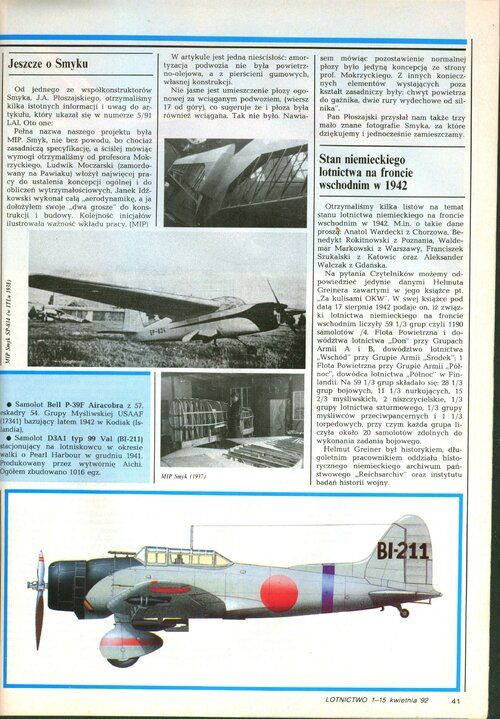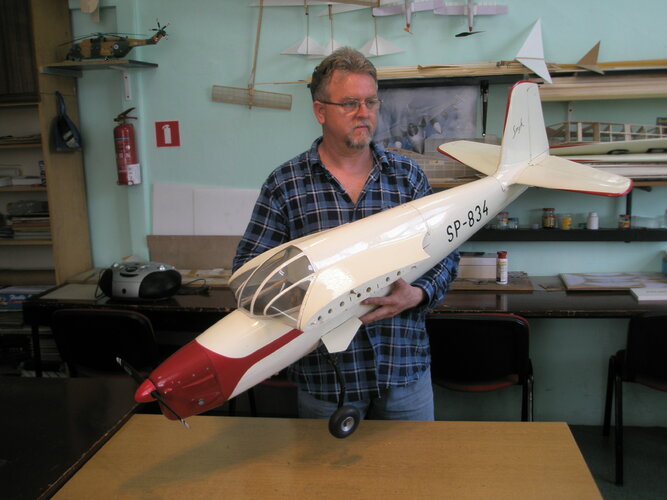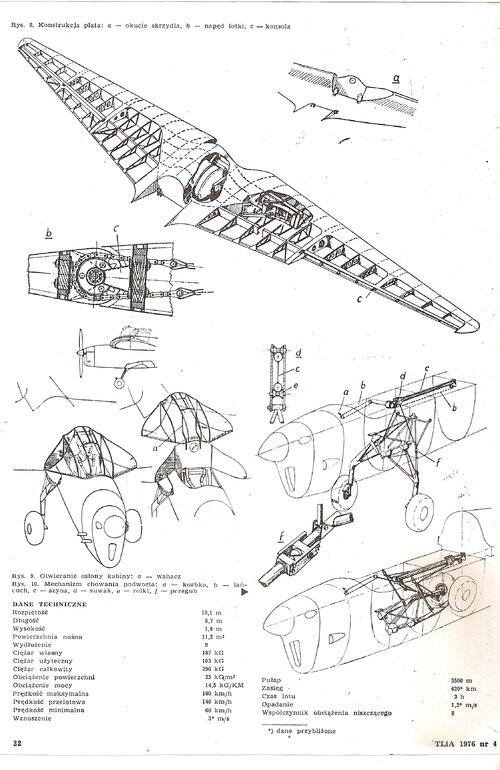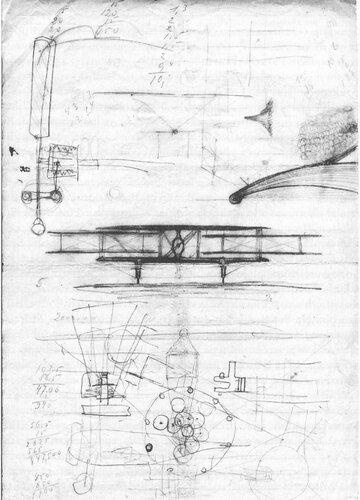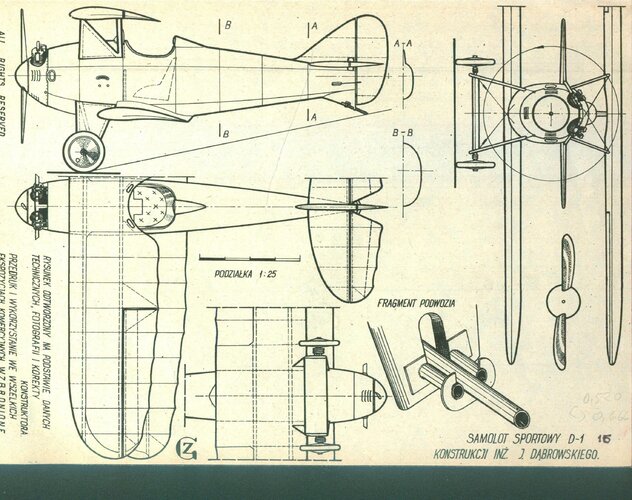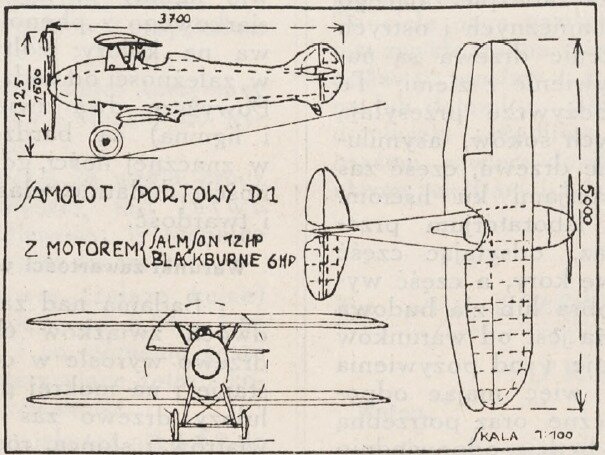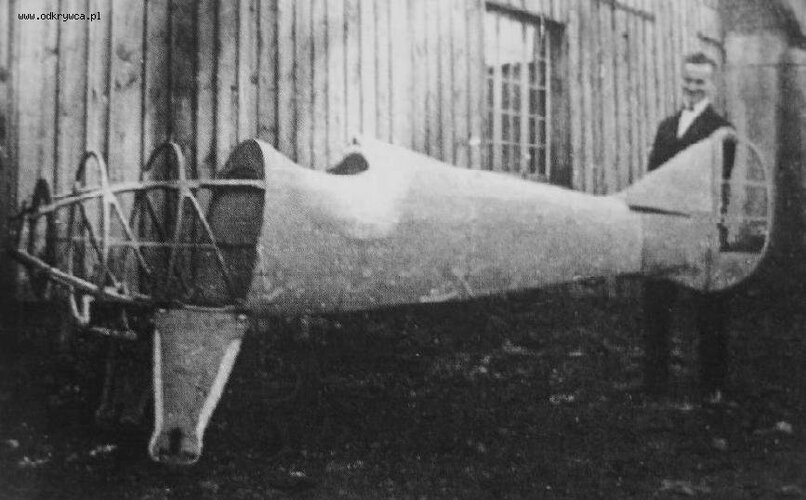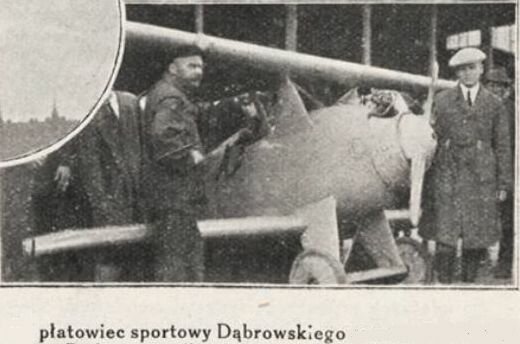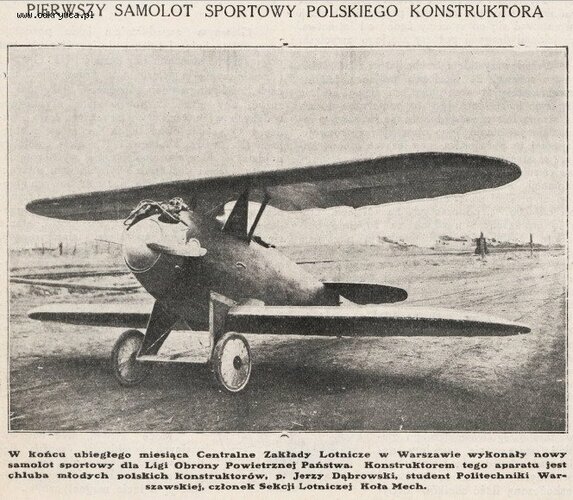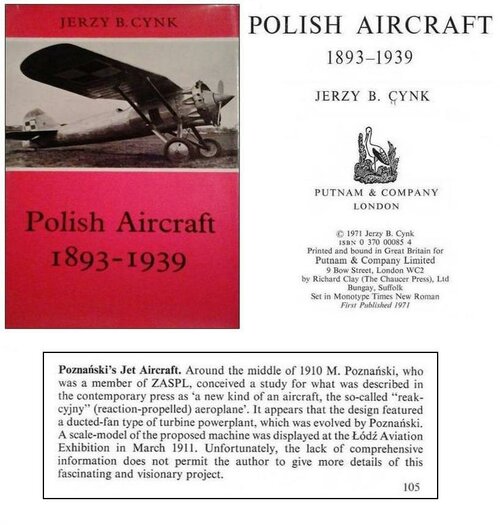Bomber. Poland / France,
W-6 & W-7;
Edward Wróblewski, after abandoning the construction of a twin-prop aircraft (see Wróblewski (Edward) two-propeller aircraft), fundamentally changed the assumptions and layout of the aircraft that he intended to dedicate to the army. He abandoned the concept of a monoplane in favor of a biplane, twin engine, with engines mounted on the wing.
The W-6, which was to be a medium bomber, was built in the workshop of Louis Joannard in Lyon from mid-1915. In order to obtain two Hispano Suiza engines for this construction, he sought interest in the project by the military authorities. After many different interventions, also from the politicians he reached, he received steel pipes rationed during the war, thanks to which in February 1916 the W-6 type A military plane was already fully assembled. The designer asked Edouard Nieuport to allow him to purchase Hispano-Suiza V8 engines with 147 kW (200 HP), produced at his factory in Issy-les-Moulineaux. However, on March 9, 1916, he refused. During the war, the priority was given to production for military aviation, studies and design experiments lagged far behind the needs of the front. In this case, the issue concerned engines, the production of which did not fully meet the needs of building new aircraft and operating those used in the first line. There was even talk of motor hunger. No wonder that this barrier could not be broken.
This plane was to be equipped with a bomb launcher and a bomb sight, which was necessary to attract any interest of the military authorities, which clearly defined the technical guidelines for a bomber plane, which had to have instruments enabling a precise raid over the target. To meet this condition, Edward developed his own type of bomb sight, which he referred to as a teleperiscope or optical apparatus for airplanes. On 4 April 1916 he applied for a patent, but we do not know this patent, it was not published due to its military value. He also sent a description of his invention to the Ministry of War. Here, Pierre-Étienne Flandin, aeronautics rapporteur on the Armed Forces Control Commission of the National Assembly of France opted for its implementation and appropriate experiments. The case of Edward Wróblewski's sight to the French Ministry of War was also recommended above by Alain Leret d'Aubigny, a politician. Their interventions made the military authorities finally become interested in the proposal and ordered that on July 10, 1916, tests with the completed specimen were carried out in Ambérieu, led by Lieutenant Colonel Jean Doran.
At that time, as a result of a recommendation from Louis Janin, Wróblewski's works became interested in the aviation pioneer and industrialist Robert Esnault-Pelterie, who in 1915 moved his aviation factory to Lyon. The advocate of Edward's design work was Michel Pierre Molla, director of the Lyon airline company REP.
On March 16, 1916, he offered Edward all the help and services of a factory pilot who would carry out a flight test of the machine. Robert Esnault Pelterie finally made Nieuporta provide the engines necessary for test flights. On April 18 in Issy-les-Moulineaux, at the Nieuporta airport, where the final assembly of the plane transported here from Ambérieu was carried out. With the participation of officers of the Aeronautics Department of the Ministry of War, military tests of the plane were undertaken in flight, up to a ceiling of 4,000 m. Unfortunately, in the first flight there was a failure and the plane fell into the Seine. The pilot and accompanying Edward, the wounded were taken out of the river. The idea of rebuilding the W-6 was abandoned.
After the crash of the Wróblewski W-6 bomber, during a long recovery, Edward Wróblewski developed a project to build a heavy, D-type biplane W-7 bomber with strong on-board armament, according to the guidelines of the Ministry of War regarding technical requirements for strategic military aircraft.

